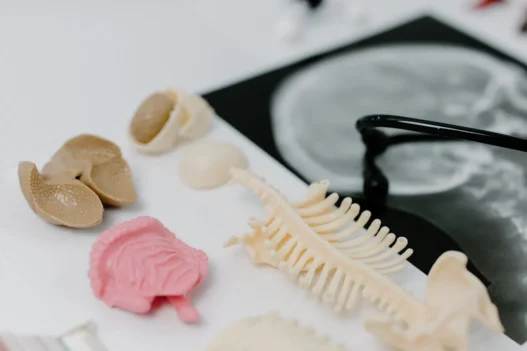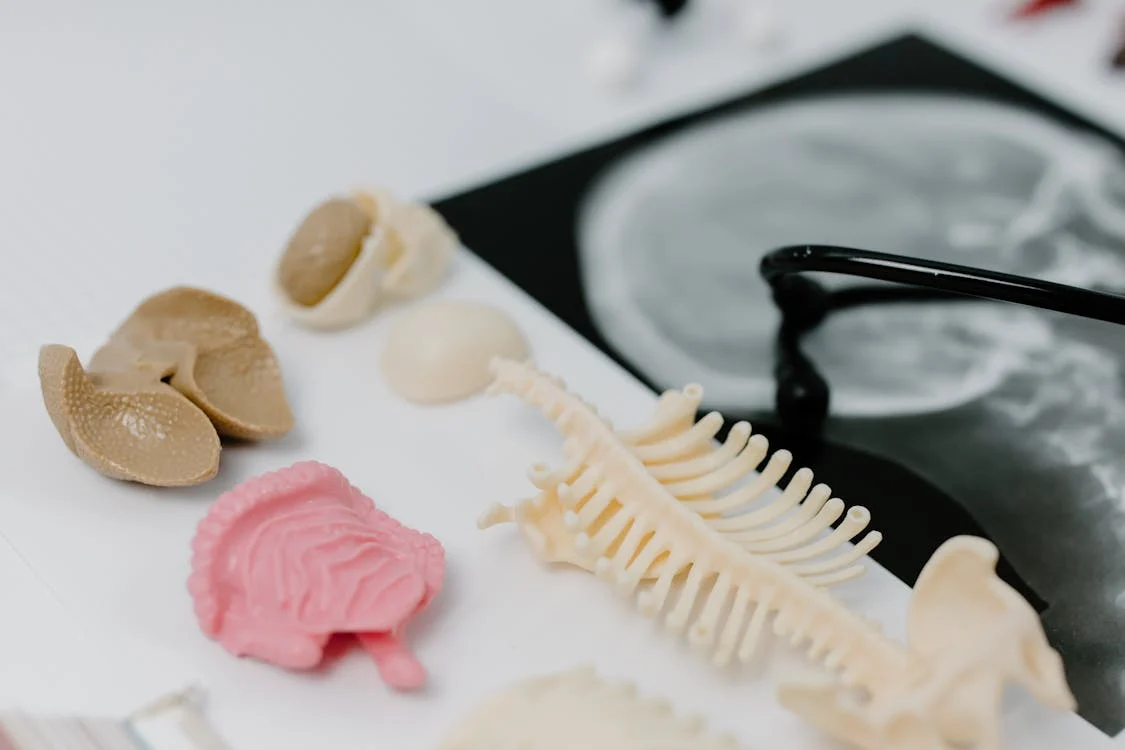0SSC44Z is a procedure where the right knee joint is repositioned using an internal fixation device through a minimally invasive endoscopic approach. This helps stabilize and repair any damage within the knee joint.
Table of Contents:
- 🔎 Clinical Indication
- 📋 Preparation
- 📖 Methodology
- 🩹 Recovery
- 🚨 Complexity & Risk
- 🔀 Similar Procedures
🔎 Clinical Indication
Repositioning the right knee joint with an internal fixation device using a percutaneous endoscopic approach may be performed to address serious injuries or trauma to the knee. This procedure is often necessary to realign and stabilize the knee joint, promoting proper healing and reducing the risk of long-term complications.
The use of an internal fixation device allows for precise repositioning of the knee joint, helping to restore function and mobility. A percutaneous endoscopic approach minimizes the invasiveness of the procedure, leading to quicker recovery times and less post-operative pain for the patient.
📋 Preparation
Before undergoing the procedure 0SSC44Z (Reposition Right Knee Joint with Internal Fixation Device, Percutaneous Endoscopic Approach), the patient will need to undergo various preparations. This may include fasting for a certain period of time before the surgery to reduce the risk of complications during anesthesia. Additionally, the patient may need to stop taking certain medications that can increase the risk of bleeding during the procedure.
The surgical team will also ensure that the patient’s medical history is thoroughly reviewed to check for any potential risks or complications that may arise during the surgery. This will help the team to develop a tailored plan for the procedure that takes into account the patient’s specific needs and medical conditions. It is important for patients to communicate any allergies, previous surgeries, or underlying health conditions to their healthcare providers prior to the surgery.
In some cases, the patient may also undergo pre-operative testing such as blood tests or imaging studies to ensure that they are in optimal health for the surgery. This will help the surgical team make any necessary adjustments to the procedure to account for any potential complications that may arise during the surgery. By following these preparations, patients can help to ensure a smooth and successful outcome for their procedure.
📖 Methodology
During the 0SSC44Z procedure, the surgeon uses a minimally invasive approach to reposition the right knee joint using an internal fixation device. This method involves making small incisions and using an endoscope to guide the placement of the fixation device.
By utilizing a percutaneous endoscopic approach, the surgeon can more accurately place the fixation device and reduce the risk of damage to surrounding tissues. This technique can lead to faster recovery times and improved outcomes for the patient undergoing this procedure.
🩹 Recovery
After undergoing the procedure, the patient will need proper rest to allow the knee joint to heal. Physical therapy may be recommended to help regain strength and range of motion in the knee.
Pain management may be needed in the initial days following the procedure. This may include prescription medication or over-the-counter pain relievers.
The patient should follow all post-operative instructions provided by their healthcare team to ensure proper recovery. It is important to attend all follow-up appointments to monitor progress and address any concerns.
🚨 Complexity & Risk
Performing the 0SSC44Z procedure involves repositioning the right knee joint using an internal fixation device through a minimally invasive approach. This complex procedure requires precision and skill to ensure proper alignment and fixation of the joint.
However, there are potential risks associated with this procedure, including infection, nerve damage, and blood clots. Patients undergoing the 0SSC44Z procedure should be aware of these risks and discuss them with their healthcare provider before proceeding with the surgery.
🔀 Similar Procedures
Another medical procedure similar to Reposition Right Knee Joint with Internal Fixation Device is the Repair of an Ankle Fracture with Open Reduction and Internal Fixation. Both procedures involve realigning the bone and securing it in place with internal hardware to promote healing.
In the Repair of an Ankle Fracture procedure, the surgeon uses screws, plates, or rods to stabilize the broken bone fragments. This allows the ankle joint to heal properly and regain strength and function.
Just like in the Reposition Right Knee Joint procedure, the Repair of an Ankle Fracture requires precision and skill to ensure the bones are aligned correctly and the hardware is placed effectively to support the joint during the healing process.

